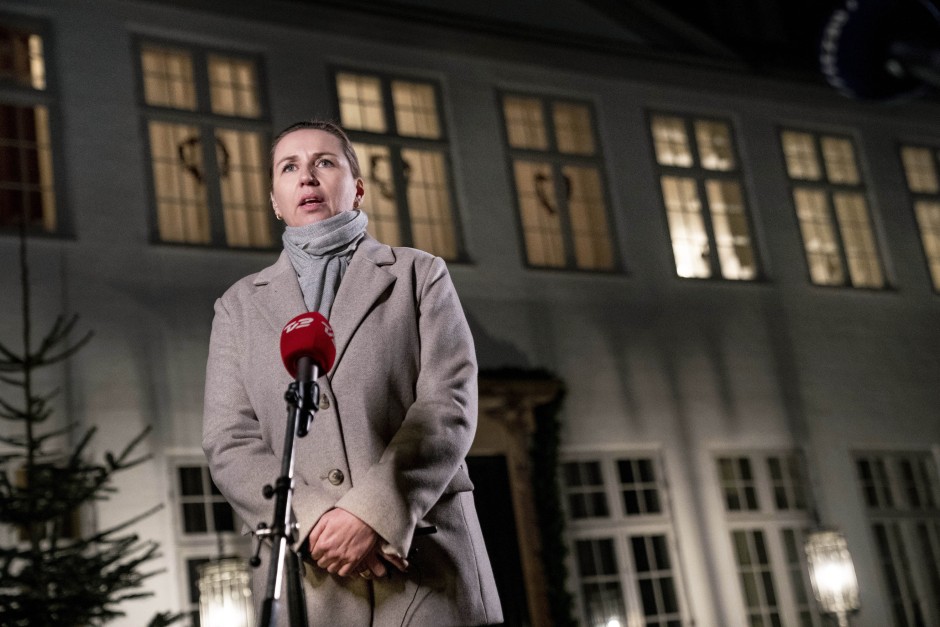
SSix weeks after the parliamentary elections, Denmark is getting a new government: Prime Minister Mette Frederiksen’s Social Democrats will form a coalition with the Liberals and the Moderate party. The new government will be presented on Thursday, Frederiksen said on Tuesday.
She will present the main points of the government program on Wednesday together with the other two party leaders Jakob Ellemann-Jensen and ex-Prime Minister Lars Lökke Rasmussen, and the new government, including the distribution of ministerial posts, on Thursday. The agreement on the coalition with the conservative-liberal Liberal Party and Rasmussen’s newly founded Moderate Party required “many compromises”. At the same time, the new government started with “great ambitions”.
The Social Democrats emerged victorious from the parliamentary elections. They secured 50 seats in Parliament in Copenhagen. However, together with their left-wing allies, the Social Democrats fell short of a majority, so that Frederiksen began negotiations on a cross-camp government alliance after the election.
Rare government with its own parliamentary majority
Frederiksen has governed Denmark with a minority government made up entirely of her Social Democrats since taking office in 2019. Before the Danish parliamentary elections on November 1, however, she had announced that this time she would be aiming for a broad, centrist government. A government composition like this is extremely rare in Denmark. At the same time, after years of minority governments, Germany’s northernmost neighbor will have a government with its own majority in Parliament in Copenhagen.
So far, Frederiksen and her Social Democrats have sought parliamentary majorities depending on the political measure. They had primarily worked together with their traditional left camp, for example in the strict migration policy with parties from the conservative right-wing bloc. The party combines a restrictive immigration policy with a promise to protect the welfare state.
The majority government, which is rare by Danish standards, now means that the rules of the game in parliament will change: compromises with parties outside the government are no longer absolutely necessary for a majority. Frederiksen asserted that she would continue to try to find a broader majority.
Denmark’s longest government formation phase
The parties had been negotiating the formation of a new government for a good six weeks in Frederiksen’s official residence at Marienborg north of Copenhagen. Never before has this process taken so long in Denmark. In the course of the negotiations, however, it has become increasingly clear over the past few weeks that Denmark is heading towards the broad government that Frederiksen wanted.
The last remaining party from the left camp, the social-liberal radical Venstre, only withdrew from the negotiations on Tuesday. Social Democrats, Venstre and Moderate were the only ones left. The fact that Denmark is now getting such a government met with disappointment among left-wing parties.
It was radicals who got Frederiksen to call the election early in the first place: the party had given her an ultimatum in the summer to bring the election forward by months. This was linked to Frederiksen’s role in the Danish mink scandal, which saw millions of mink killed during the coronavirus pandemic. Only later did it turn out that there was no legal basis for this radical step. An independent commission had sharply criticized Frederiksen and parts of her government, which had made the decision to mass culling the animals bred for fur production due to corona concerns.









